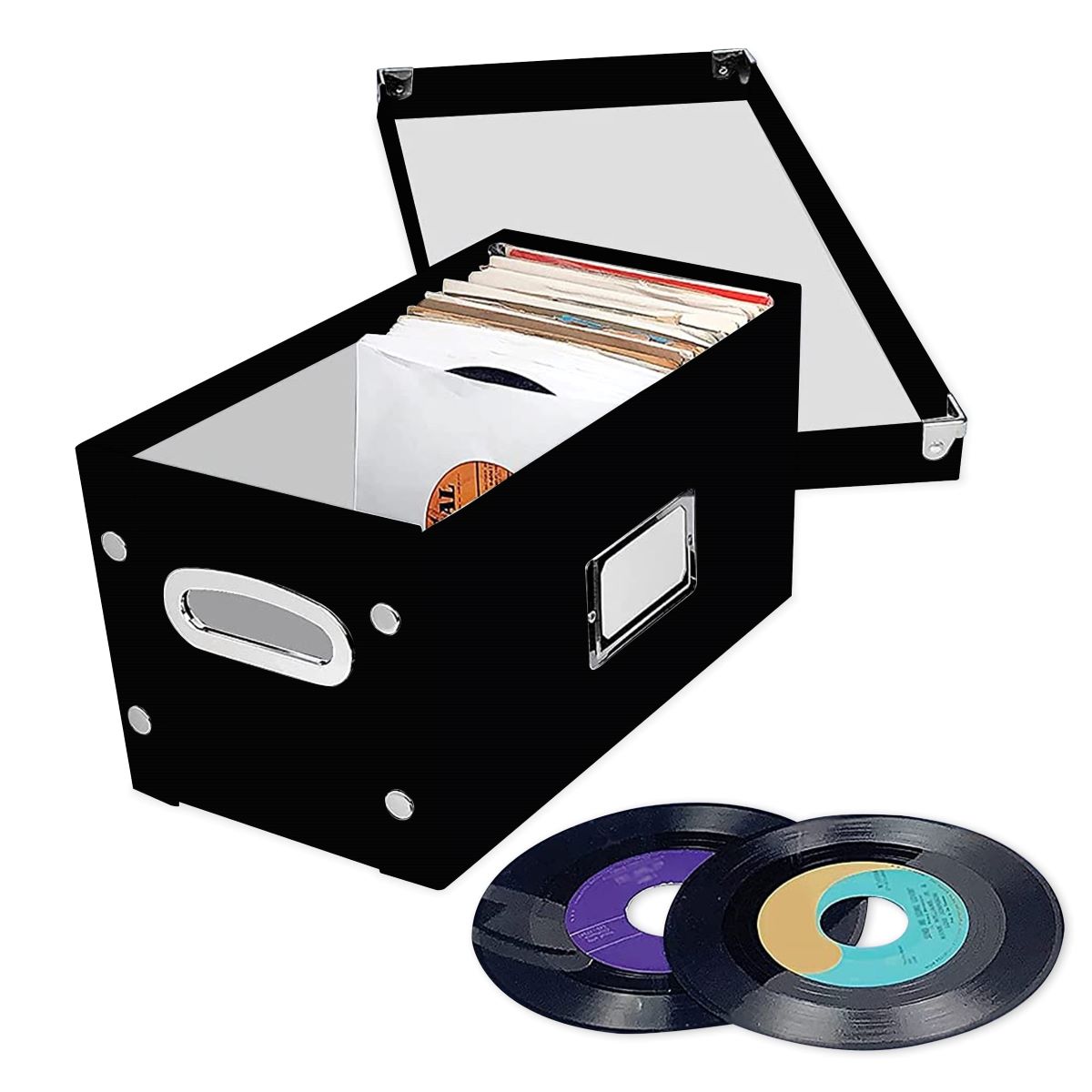

Articles
How To Store 45 RPM Vinyl Records
Modified: January 19, 2024
Looking for the best way to store your 45 vinyl records? Read our informative articles and discover expert tips on how to keep your collection safe and organized.
(Many of the links in this article redirect to a specific reviewed product. Your purchase of these products through affiliate links helps to generate commission for Storables.com, at no extra cost. Learn more)
Introduction
Vinyl records, especially 45s, hold a special place in the hearts of audiophiles and music enthusiasts. These small discs with their classic grooves and iconic labels are not just a medium for listening to music but also treasured collectibles. Whether you have a few 45s or an extensive record collection, proper storage is essential to preserve their quality and ensure they remain in pristine condition for years to come.
In this guide, we will explore various methods and tips for storing your 45 vinyl records. From choosing the right storage space to cleaning and preparing the records, we will cover all the necessary steps to keep your collection safe and organized. Additionally, we will discuss different storage options, protective sleeves and covers, as well as maintenance and care tips to prolong the lifespan of your cherished vinyl records.
So, if you’re ready to embark on a journey of preserving and cherishing your 45 vinyl records, let’s dive in and explore the world of proper storage and maintenance!
Key Takeaways:
- Preserve your 45 vinyl records by choosing the right storage space, cleaning and preparing them, and investing in high-quality sleeves and covers. Proper maintenance and care will ensure years of enjoyment from your cherished collection.
- Organize and protect your 45 vinyl records with proper sorting, stacking, and arranging techniques. Invest in dedicated storage solutions and follow maintenance tips to maintain the pristine condition and sound quality of your collection.
Read more: How To Store Vinyl Records
Choosing the Right Storage Space
When it comes to storing your 45 vinyl records, the first step is to select the right storage space. Whether you have a small collection or a large one, finding an appropriate area is crucial for maintaining the quality of your records.
One important factor to consider is the temperature and humidity of the storage space. Vinyl records are sensitive to extreme temperatures and high humidity, which can cause warping, mold growth, and damage to the records. Ideally, the storage space should be kept at a temperature between 65 and 70 degrees Fahrenheit (18-21 degrees Celsius), with a humidity level between 40% and 50%.
It is also crucial to keep your records away from direct sunlight and sources of heat. Exposure to sunlight can cause the records to fade and warp, while heat can warp and melt the vinyl. Therefore, choose a storage space that is shielded from sunlight and free from direct contact with heat sources such as radiators or heating vents.
Another important consideration is the stability of the storage area. Avoid storing your records in areas that are prone to vibrations or movements, such as near washing machines or in a room with heavy foot traffic. Vibrations can lead to groove damage and affect the sound quality of your records.
Additionally, it is recommended to keep your records in an area with good air circulation. Stagnant air can lead to mold growth and musty odors, which can be detrimental to the condition of your records. If possible, choose a storage space with proper ventilation or consider using a dehumidifier or fan to improve air circulation.
Lastly, consider the accessibility and convenience of the storage space. Make sure it is easily accessible, allowing you to retrieve and store your records without any hassle. Depending on the size of your collection, you may want to opt for shelving units, cabinets, or dedicated vinyl record storage solutions that provide easy access and organization.
By carefully selecting the right storage space for your 45 vinyl records, you can ensure their longevity and enjoy listening to your favorite music for years to come.
Cleaning and Preparing Records
Before storing your 45 vinyl records, it’s essential to clean and prepare them properly. This step not only helps remove any dirt, dust, or debris but also ensures that the records are in optimal condition for storage and playback.
To begin, gather the necessary cleaning supplies. You will need a record cleaning brush, a lint-free cloth, and a record cleaning solution. Avoid using harsh chemicals or solvents, as they can damage the vinyl and affect the sound quality.
Start by gently brushing the record with a record cleaning brush to remove any loose dust or debris. Use a light touch and brush in a circular motion, following the grooves of the record. This helps dislodge any particles that may be trapped in the grooves.
Next, dampen the lint-free cloth with the record cleaning solution. Be sure to follow the instructions provided by the manufacturer. Wipe the cloth along the grooves of the record, again in a circular motion. This will help remove any remaining dirt or grime and ensure a clean surface.
After cleaning, allow the record to air dry completely before storing it. Avoid using a hairdryer or any direct heat source, as it can warp the vinyl. Gently place the record in a vertical position on a clean, dry surface, or use a record stand specifically designed for this purpose.
It’s also essential to handle the records with clean hands to avoid transferring oils, dirt, or moisture onto the surface. If possible, wear lint-free gloves or handle the records by their edges, using your fingertips to support the outer edge and center label.
Lastly, make sure the record is in its protective sleeve before storing it. The sleeve acts as an extra layer of protection against dust, scratches, and other potential damage. If the original sleeve is damaged, consider replacing it with a new one specifically designed for 45 records.
By cleaning and preparing your 45 vinyl records before storage, you can ensure they remain in excellent condition and maintain their sound quality for years to come.
Sorting and Organizing Records
Sorting and organizing your 45 vinyl records is an important step to maintain a well-structured and manageable collection. When it comes to organizing, there are various methods you can use depending on your personal preferences and the size of your collection.
One common approach is to sort the records alphabetically by artist or band name. This method allows for easy navigation and retrieval of specific records when you’re in the mood for a particular artist or band. You can create sections or dividers for each letter of the alphabet to keep the records organized and easily accessible.
Another method is to sort the records by genre or music style. This approach allows you to group similar types of music together, such as rock, jazz, blues, or classical. Within each genre, you can further organize the records alphabetically if you prefer. This method is particularly useful if you enjoy exploring different genres and want a convenient way to find specific types of music.
You can also organize the records chronologically by the release date. This method follows a timeline, starting from the earliest to the latest releases. It’s a great option if you’re interested in tracking the evolution of music or if you have a collection that spans multiple decades.
Additionally, you may choose to create your own unique organization system based on personal preferences, such as arranging records based on sentimental value or album artwork. This method allows for a personalized touch and can make browsing your collection a more enjoyable experience.
Regardless of the sorting method you choose, it’s important to label and categorize the records consistently. Use clear and legible labels or dividers, and consider creating a database or spreadsheet to keep track of your inventory. This can be helpful when you’re looking for specific records or to prevent accidental duplication in your collection.
Lastly, consider the storage space itself when organizing your records. Utilize shelving units, record crates, or cabinets specifically designed for vinyl records. This not only keeps your records protected and organized but also adds aesthetic appeal to your space.
By sorting and organizing your 45 vinyl records, you can easily find and enjoy your favorite music while maintaining a well-maintained collection. So, grab your records and start creating a system that works best for you!
Storage Options for 45 Vinyl Records
Proper storage of your 45 vinyl records is crucial to protect them from dust, scratches, and warping. There are several storage options available that cater specifically to the needs of vinyl collectors. Let’s explore some of the most popular storage solutions for 45 records.
Record crates and boxes are a popular choice for vinyl collectors. These crates are often made of sturdy materials such as wood or plastic and are designed to hold a large number of records. They come in various sizes and styles, allowing you to find one that suits your storage needs and complements your interior design. Record crates are stackable, making them a space-efficient solution for storing and organizing your 45 vinyl records.
For those with a smaller collection or limited space, record display stands or wall-mounted racks are excellent options. These storage solutions not only provide a convenient and compact way to store your records but also showcase their beautiful album covers. They are available in different designs and materials, making it easy to find one that matches your aesthetic preferences.
Record cabinets are another popular choice for vinyl enthusiasts. These cabinets come with specially designed compartments or shelves that can easily accommodate 45 records. They often have additional features like lockable doors to protect your collection from dust and unauthorized access. Record cabinets not only provide secure storage but also add a touch of elegance to your space.
If you have a particularly valuable or rare collection of 45 vinyl records and want ultimate protection, investing in a record storage case may be a wise choice. These cases are specifically designed to provide maximum protection against dust, sunlight, and physical damage. They often have reinforced corners, foam padding, and secure latches to keep your records safe during transport or long-term storage.
In addition to these dedicated storage options, you can also find storage solutions that are specifically designed for 45 record singles. These include record sleeves and boxes that hold individual records, protecting them from dust and scratches. These sleeves and boxes are usually made of acid-free materials to ensure the preservation of the records’ condition.
When choosing a storage option, it’s important to consider factors such as the size of your collection, available space, and budget. Remember to select a storage solution that provides proper protection, easy accessibility, and complements your personal style.
By investing in the right storage options for your 45 vinyl records, you can ensure their longevity and enjoy your collection for years to come.
Store your 45 vinyl records vertically in a sturdy record crate or shelf to prevent warping. Keep them away from direct sunlight and extreme temperatures to maintain their quality.
Read more: How To Use A 45 Rpm Adapter
Sleeves and Covers for Protection
When it comes to protecting your 45 vinyl records, using the right sleeves and covers is essential. These protective accessories not only shield your records from dust and scratches but also help maintain their overall condition and sound quality. Let’s explore some of the popular options for sleeves and covers.
One common choice for protecting 45 vinyl records is the traditional paper sleeve. These sleeves are typically made of acid-free paper and provide a basic level of protection against dust and fingerprints. They are lightweight and affordable, making them a popular option for vinyl enthusiasts. However, it’s important to note that paper sleeves may not offer the highest level of protection against moisture or excessive handling.
For those seeking enhanced protection, poly-lined paper sleeves are a great alternative. These sleeves feature a polypropylene lining on the inside, providing an additional layer of defense against static electricity and dust. Poly-lined sleeves are smoother and less likely to cause friction or scratches, making them a preferred option for collectors who prioritize preserving the audio quality of their records.
Another option for protecting your 45 vinyl records is the plastic outer sleeve. These sleeves are made of polyethylene or polypropylene and are designed to encase the entire record, including the album cover. Plastic outer sleeves offer comprehensive protection against dust, scratches, and moisture, keeping your records in pristine condition. They are available in various sizes to fit different record formats, and some options even come with resealable closures for added convenience.
If you’re a collector who values both protection and visual appeal, you might consider investing in premium record sleeves. These sleeves are often made of higher-quality materials, such as polypropylene or archival-grade Mylar, which offer superior durability and protection. Premium sleeves are designed to fit the record snugly and provide optimal clarity, allowing you to showcase the artwork and labels without compromising on protection.
In addition to sleeves, record covers are crucial for safeguarding the album artwork of your 45 vinyl records. Album covers typically come with the record when purchased, but they can sometimes wear out or get damaged over time. It’s important to replace damaged covers with new ones to maintain the integrity of the record and enhance its visual appeal. Replacement covers are available in various materials, including cardboard, polypropylene, and high-quality art paper to suit different preferences and budget considerations.
When selecting sleeves and covers, it’s essential to choose materials that are acid-free and archival-grade. These materials are designed to minimize any chemical reactions or damage to the vinyl records over time. Additionally, look for sleeves and covers that provide a snug fit without causing friction or damage to the record when inserting or removing it.
By using high-quality sleeves and covers, you can ensure the long-term protection and preservation of your 45 vinyl records, allowing you to enjoy the music and artwork for years to come.
Stacking and Arranging Records
Properly stacking and arranging your 45 vinyl records is crucial for both organization and protection. When done correctly, it ensures easy access, prevents damage, and maintains the overall condition of your collection. Here are some tips for effective stacking and arranging of your records.
Firstly, it’s important to stack your 45 records vertically rather than horizontally. Stacking records vertically minimizes the risk of warping and prevents the weight of the records from causing damage. Place the records in an upright position, with the labels facing outwards for easy identification and retrieval.
To prevent any potential bending or warping, avoid over-stacking your records. Keep the stacks relatively small, with no more than 25 records per stack. This helps distribute the weight evenly and reduces the risk of records leaning or becoming misshapen.
While it might be tempting to stack records directly on top of each other, it’s important to use dividers or record separators to maintain the stability and organization of your collection. This can be achieved by inserting cardboard dividers or specialized record separators between each stack of records. These dividers not only help keep the records upright but also provide proper airflow and prevent them from pressing against each other.
When arranging your records, consider organizing them in a way that makes sense to you. Some collectors prefer alphabetical order by artist or band name, while others may prefer genre or chronological arrangement. You can use labels or dividers to create sections within your storage space. This makes it easier to find specific records and maintain a well-organized collection.
Furthermore, it’s important to maintain consistency in the arrangement of your collection. Avoid frequently moving records or changing their order, as this can lead to mishandling and potential damage. Establish a system that works for you and stick to it to maximize efficiency and preserve the condition of your records.
If you have limited storage space, consider utilizing dedicated record storage solutions such as shelving units or cabinets designed specifically for vinyl records. These specialized storage options often have dividers or compartments that make it easier to stack and arrange records in an organized manner. Additionally, they provide better support and protection for your collection.
Lastly, be cautious when accessing or removing records from the stacks. Hold the record by its edges or use lint-free gloves to avoid leaving fingerprints or smudges on the vinyl or labels. Take your time to handle each record carefully to minimize the risk of accidental damage.
By following these tips for stacking and arranging your 45 vinyl records, you can maintain an organized and well-preserved collection that is easy to navigate and enjoy for years to come.
Maintenance and Care Tips
Proper maintenance and care are essential to ensure the longevity and quality of your 45 vinyl records. By following these tips, you can keep your records in excellent condition and continue to enjoy their pristine sound for years to come.
1. Handle with care: When handling your records, make sure to hold them by their edges or use lint-free gloves to avoid leaving fingerprints, smudges, or other residue on the vinyl or labels. This helps prevent buildup that can impact sound quality.
2. Keep them clean: Regularly clean your records to remove dust, debris, and any built-up grime. Use a carbon fiber brush or a record cleaning brush to gently remove loose particles from the surface of the record. Avoid using abrasive cleaners or cloths that can scratch the vinyl.
3. Store in a controlled environment: Maintain a stable environment for your records by storing them in an area with controlled temperature and humidity. Extreme temperature fluctuations and high humidity levels can damage the vinyl and cause warping. Aim for a temperature between 65 and 70 degrees Fahrenheit (18-21 degrees Celsius) and a humidity level between 40% and 50%.
4. Protect from sunlight and heat: Avoid exposing your records to direct sunlight or sources of heat such as radiators or heating vents. Prolonged exposure to sunlight can fade the album covers and warp the vinyl, while excessive heat can cause warps or even melt the record. Store your records in a shaded area away from heat sources to prevent damage.
5. Use proper storage solutions: Choose storage options that provide proper support, organization, and protection for your records. Utilize record crates, shelves, or cabinets designed specifically for vinyl records. Avoid over-stacking and use dividers to maintain stability and prevent records from leaning or pressing against each other.
6. Use high-quality sleeves and covers: Invest in high-quality record sleeves and covers to provide an extra layer of protection against dust, scratches, and static. Acid-free and archival-grade sleeves are recommended to prevent any chemical reactions or damage to the vinyl over time.
7. Regularly inspect for damage: Periodically inspect your records for any signs of damage, such as deep scratches, grooves, or warping. If you notice any issues, handle the record with care and consider seeking professional assistance for repair or restoration.
8. Avoid excessive handling and playing: While it’s tempting to play your favorite records often, excessive handling and playing can lead to wear and tear. Limit the frequency of playing and handling, and take care when placing the record on the turntable to avoid any accidental scratches or damage.
By following these maintenance and care tips, you can ensure the longevity and optimal performance of your 45 vinyl records. These simple practices will help keep your collection in excellent condition and provide years of continued enjoyment.
Conclusion
Caring for your 45 vinyl records is not just about preserving their physical condition, but also honoring the timeless art form and rich musical history they hold. With the right storage, cleaning, and maintenance techniques, you can ensure that your cherished collection remains in excellent condition for years to come.
Choosing the right storage space, whether it’s a dedicated shelf or a stylish record cabinet, sets the foundation for maintaining the quality of your records. Remember to keep the temperature and humidity levels stable, protect the records from direct sunlight and vibrations, and promote good air circulation.
Cleaning and preparing the records before storage is essential for preserving their sound quality. By using the right cleaning tools and solutions, you can remove dust and dirt, ensuring that your records are in optimal condition.
Sorting and organizing your records not only enhances accessibility but also adds a personal touch to your collection. Whether you choose to arrange them alphabetically, by genre, or chronologically, creating a system that makes sense to you will make browsing and locating records a breeze.
Investing in high-quality sleeves and covers is crucial for protecting your records from dust, scratches, and static. Choose acid-free and archival-grade options to provide the best care for your collection. Stacking and arranging the records correctly, using dividers or specialized storage solutions, will prevent warping and ensure stability.
Finally, maintaining and caring for your 45 vinyl records involves handling them with care, avoiding excessive handling and playing, and regularly inspecting for damage. By implementing these practices, you can prolong the life of your records and continue to enjoy their exquisite sound and artwork for years to come.
So, whether you’re a seasoned collector or just starting your journey with 45 vinyl records, remember that proper storage, cleaning, and maintenance are key to preserving these musical treasures. Take the time and effort to care for your records, and they will reward you with endless joy and beautiful sounds that can only be experienced through the timeless medium of vinyl.
Frequently Asked Questions about How To Store 45 RPM Vinyl Records
Was this page helpful?
At Storables.com, we guarantee accurate and reliable information. Our content, validated by Expert Board Contributors, is crafted following stringent Editorial Policies. We're committed to providing you with well-researched, expert-backed insights for all your informational needs.
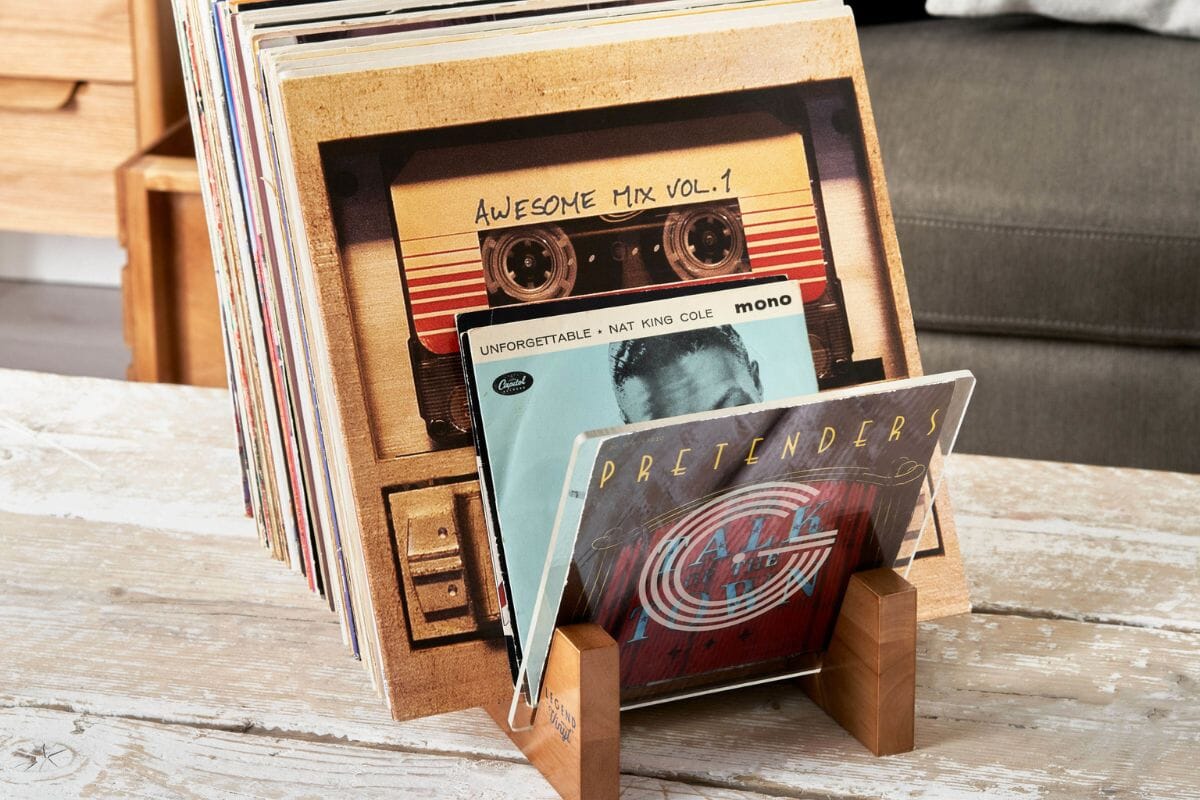
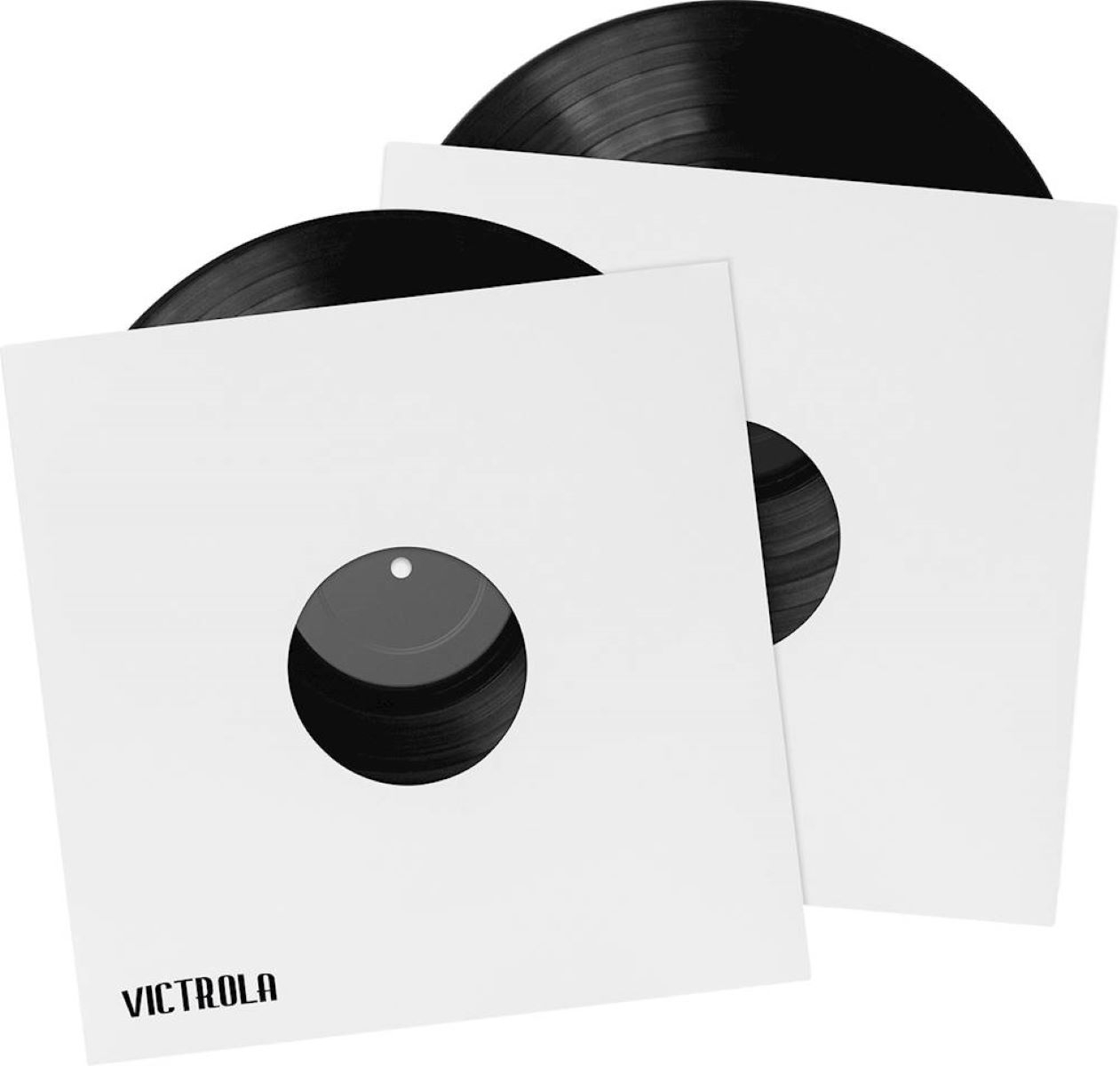

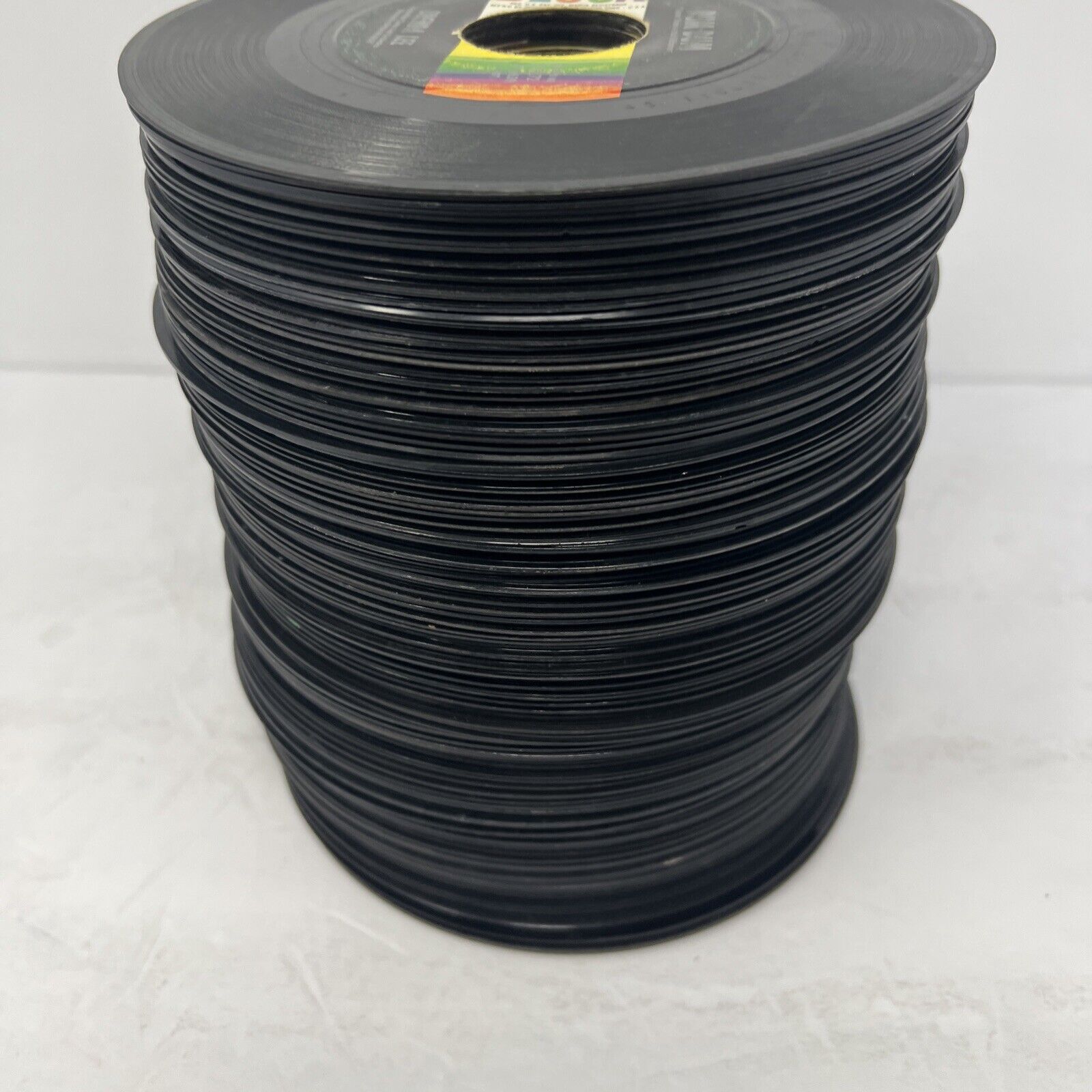
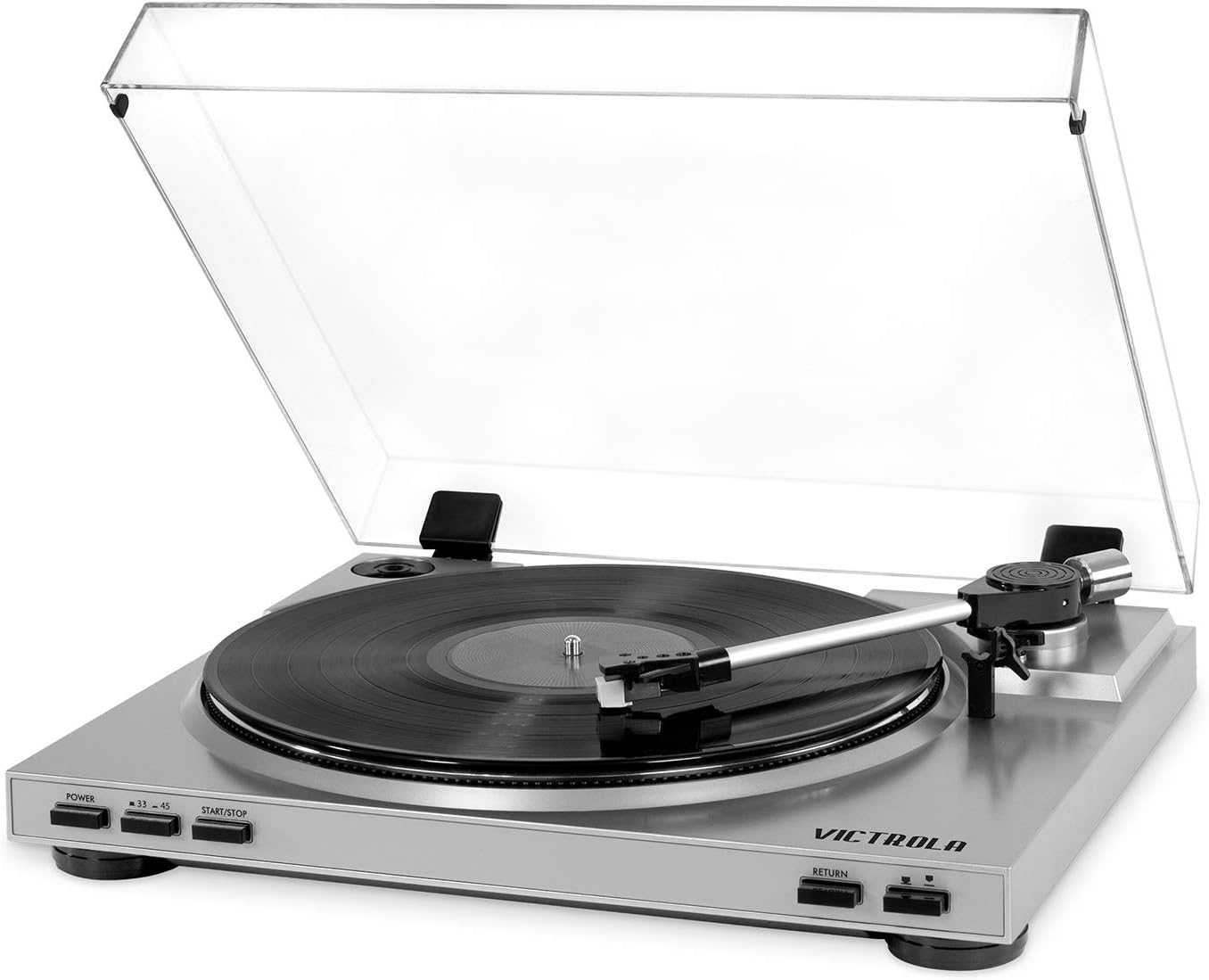
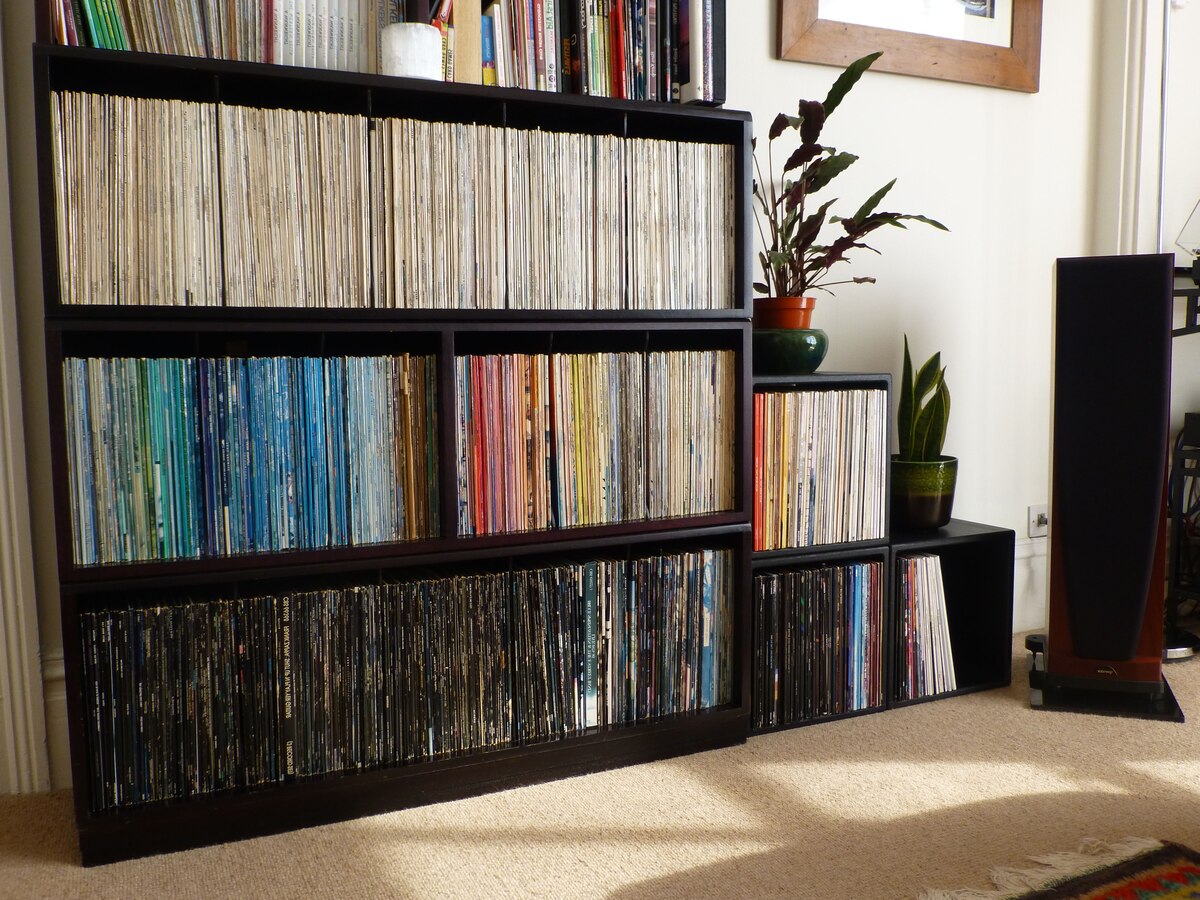
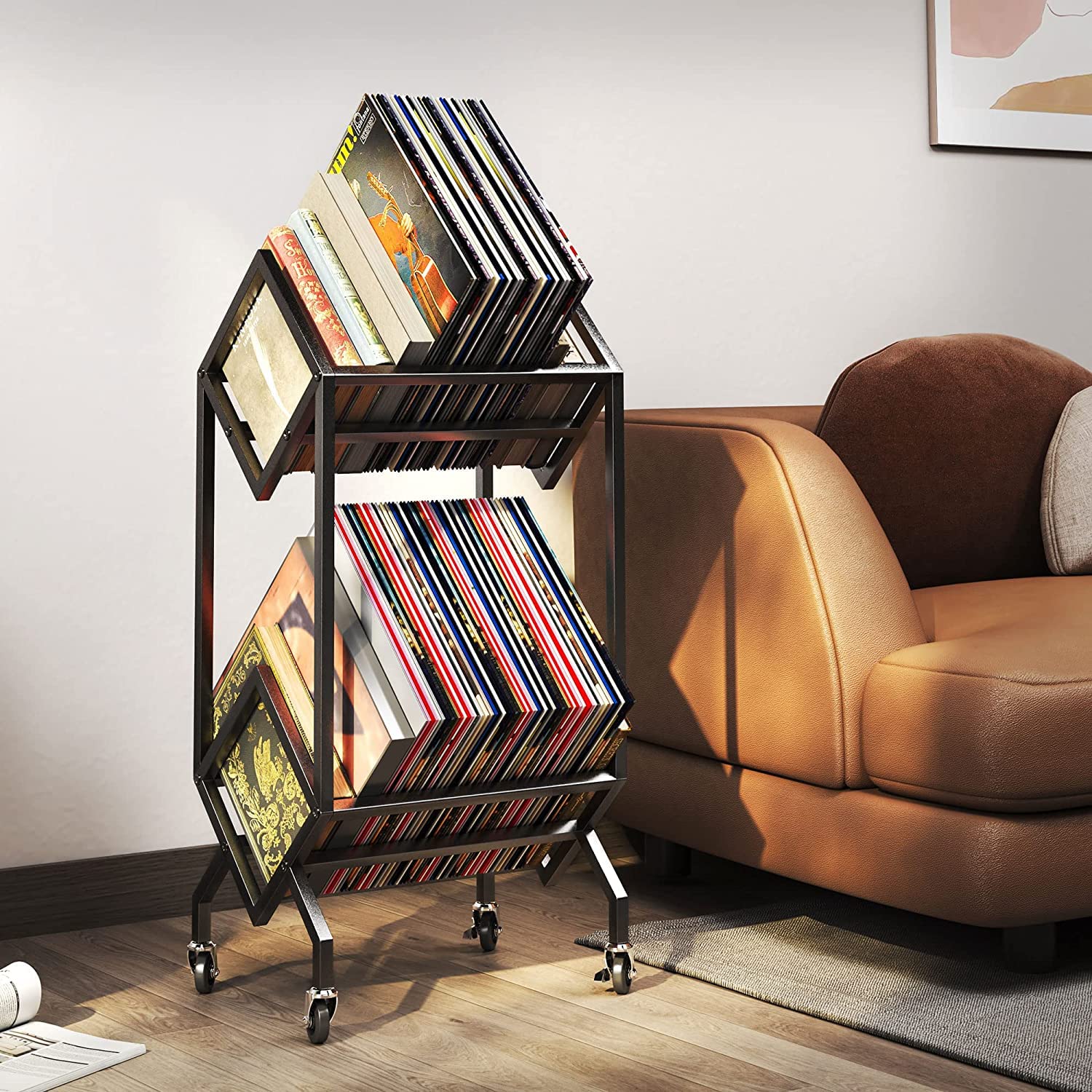
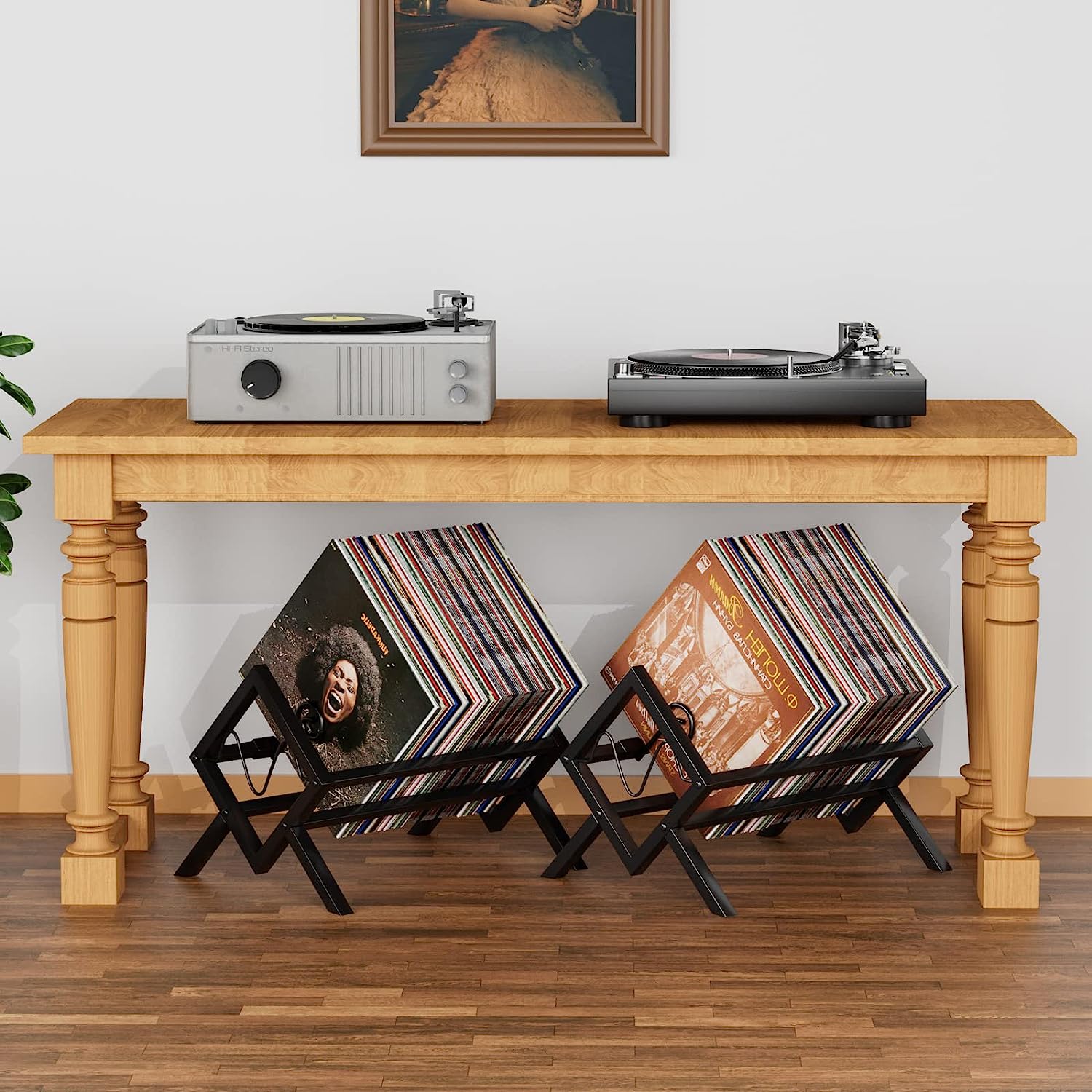
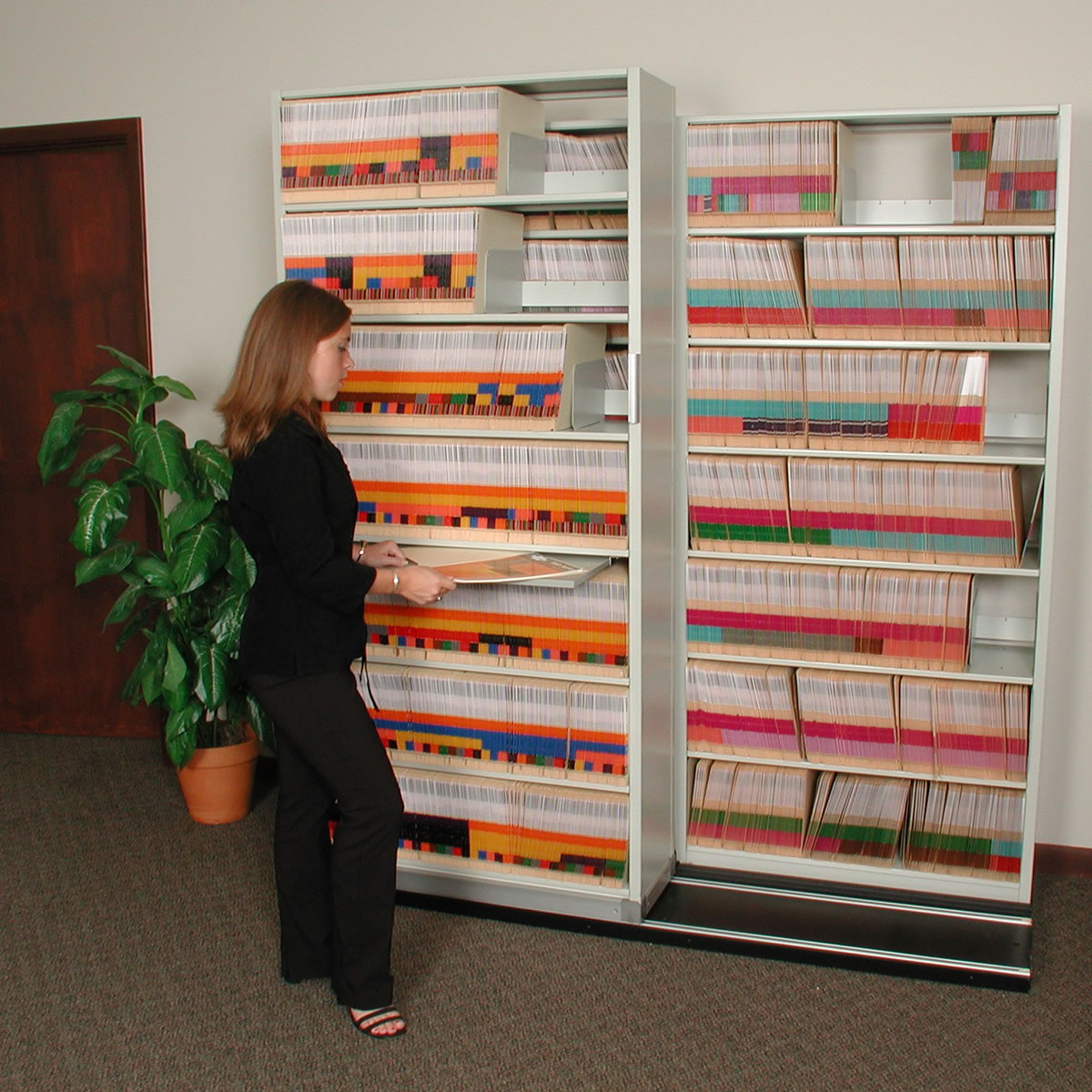
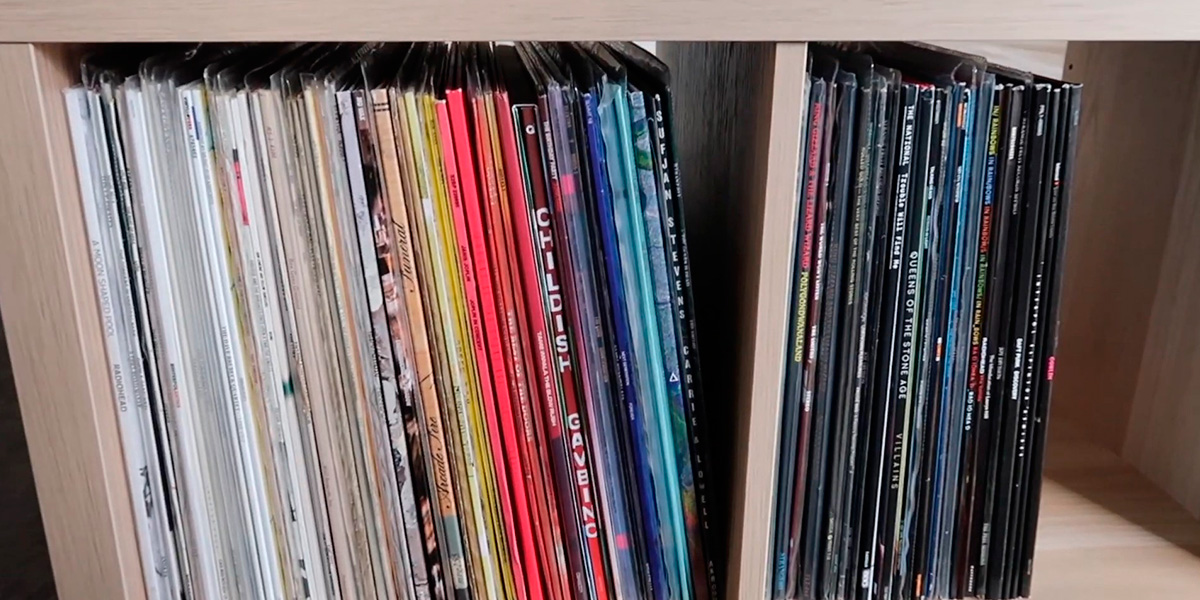
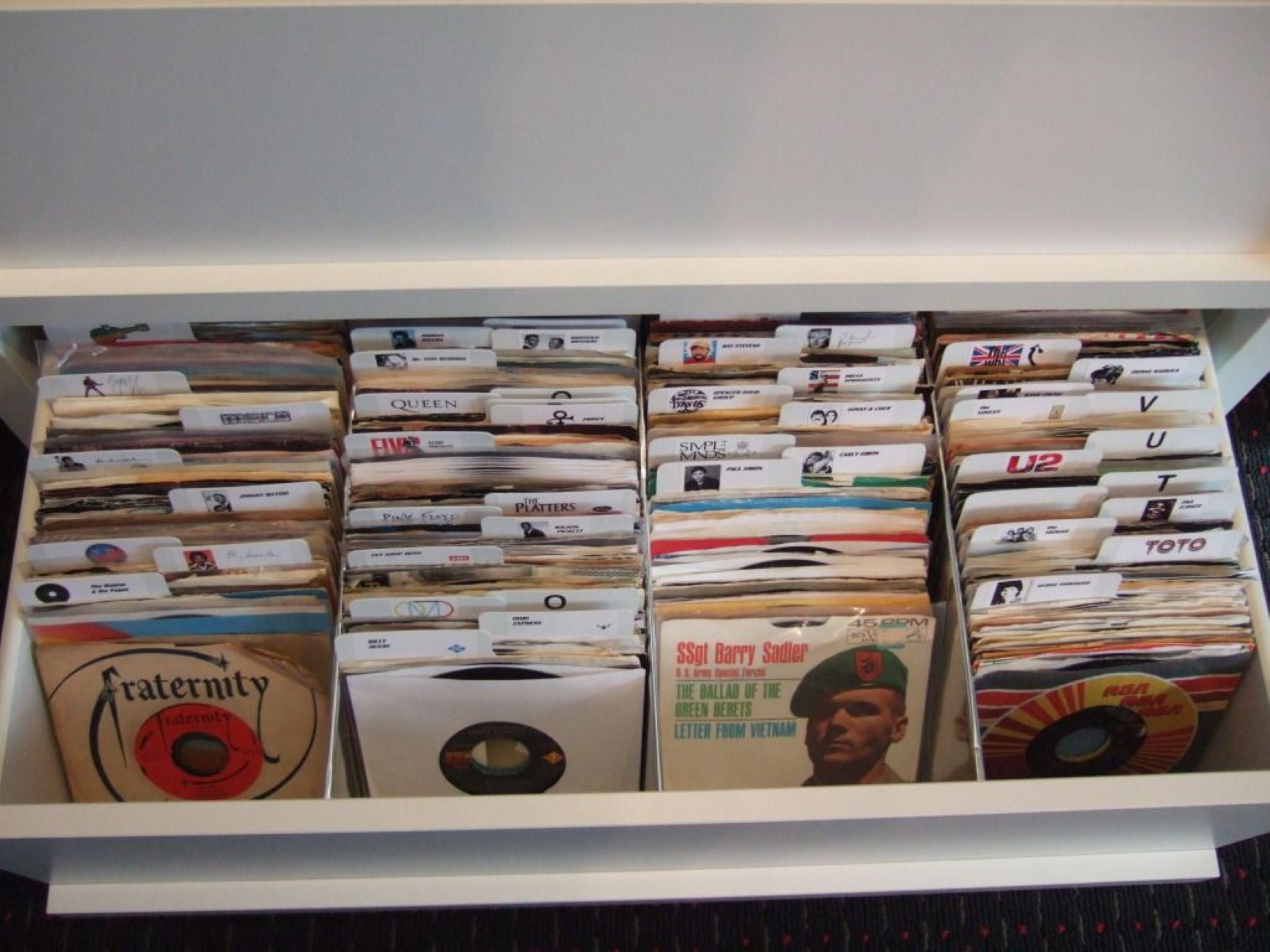
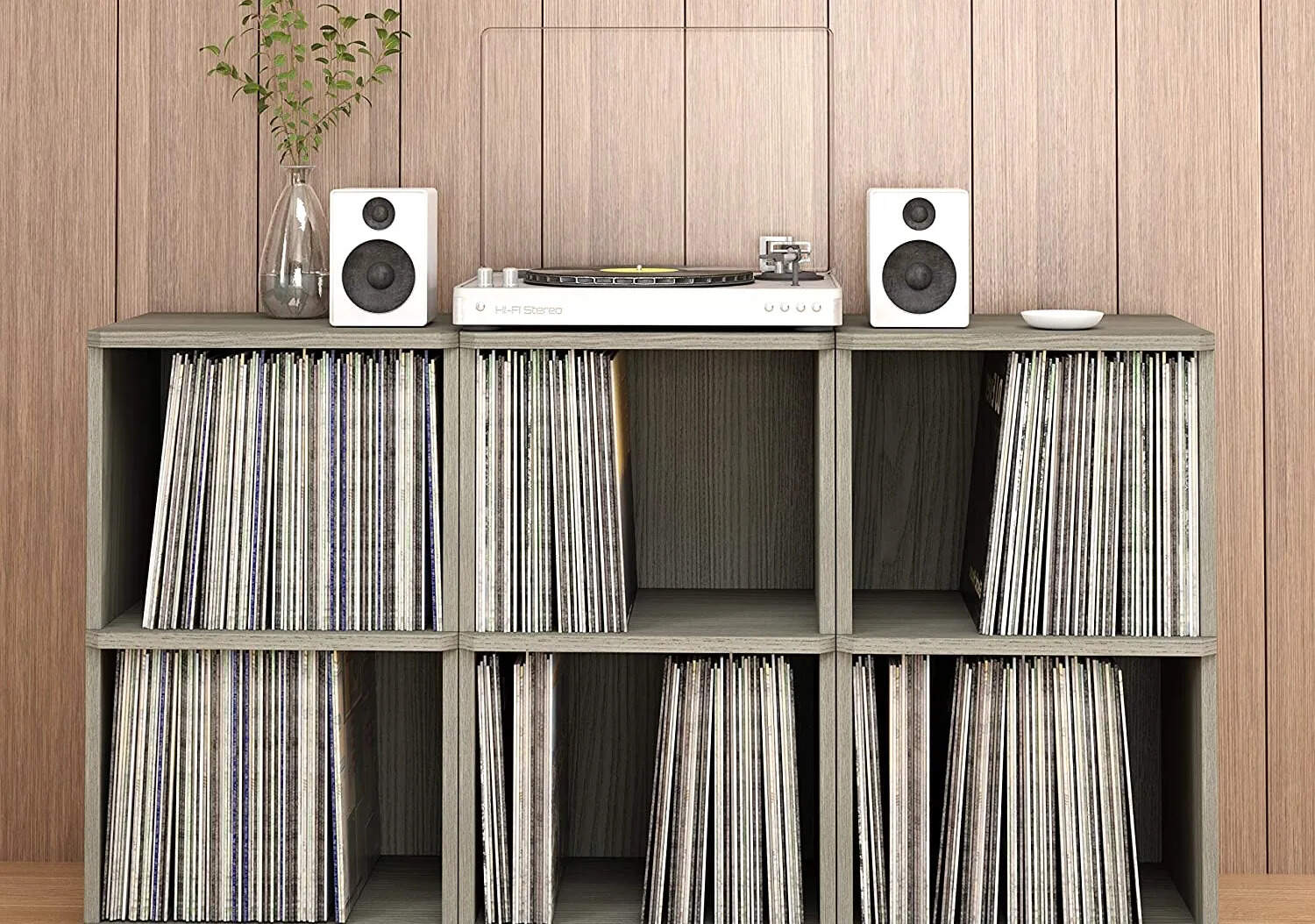

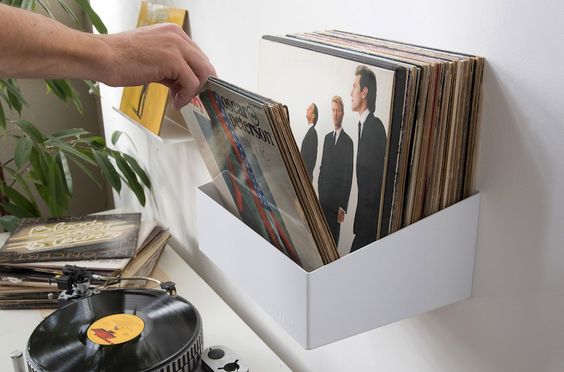

0 thoughts on “How To Store 45 RPM Vinyl Records”